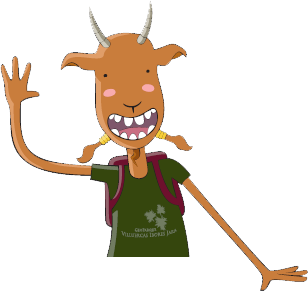ATTRACTIONS OF THE VISIT
Observation of the relief: vertically oriented strata of the Armorican Quartzite, the Santa Lucía syncline, the Trujillo peneplain and transverse faults.
Observation of birds of prey: the quartzite cliffs offer birds of prey narrow ledges where they safely build their nests and from which they launch themselves into the void in search of a thermal current that lifts them up: griffon vultures, eagles, Egyptian vultures, kestrels and other birds of prey are counted as inhabitants of these almost inaccessible crests.
Observation of archaeological remains: the geographical circumstances of this mountain range are particular and have favoured the development of human communities since ancient times, as is attested by the abundance of remains of the ancient inhabitants of the area. On the way up to the summit, you can find the remains of the walls of the dwellings of an ancient medieval settlement and at the top of the mountain, an Arab watchtower castle built “in stone”, the Solana castle.
There are also various groups of schematic cave paintings scattered throughout this mountain range, which correspond to a prehistoric period known as the Chalcolithic period. There are some representations of human figures (“ancoriformes”) and also dots and parallel lines (“tectiformes”) with ochre tones, arranged on the smooth surfaces of the west facing quartzite strata.
GEOLOGICAL INTERPRETATION

